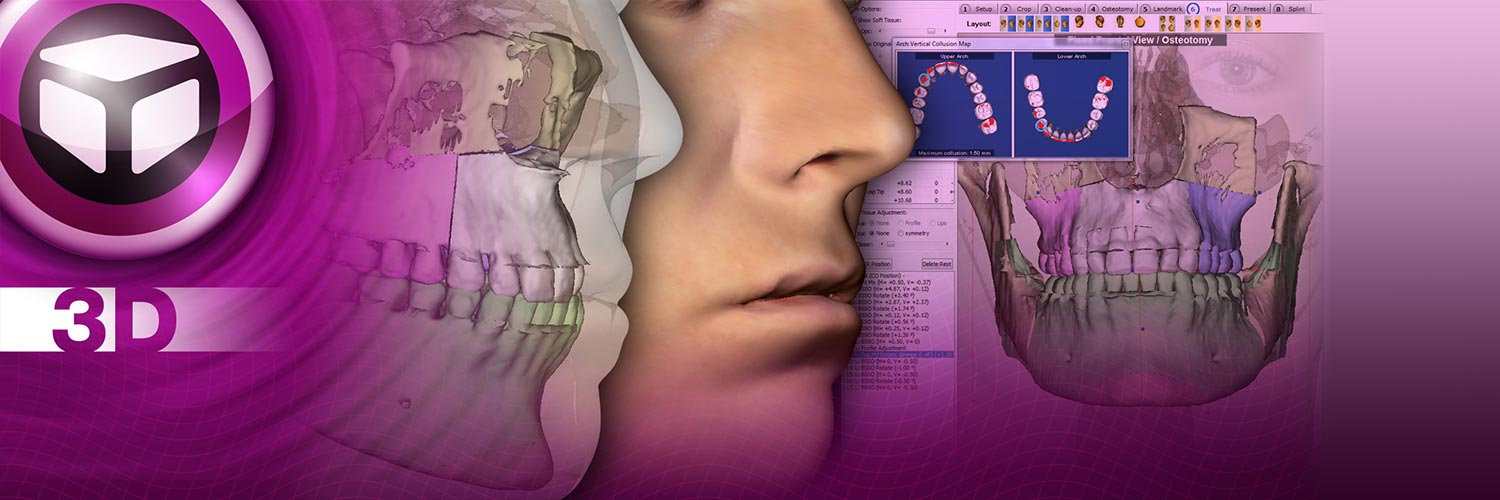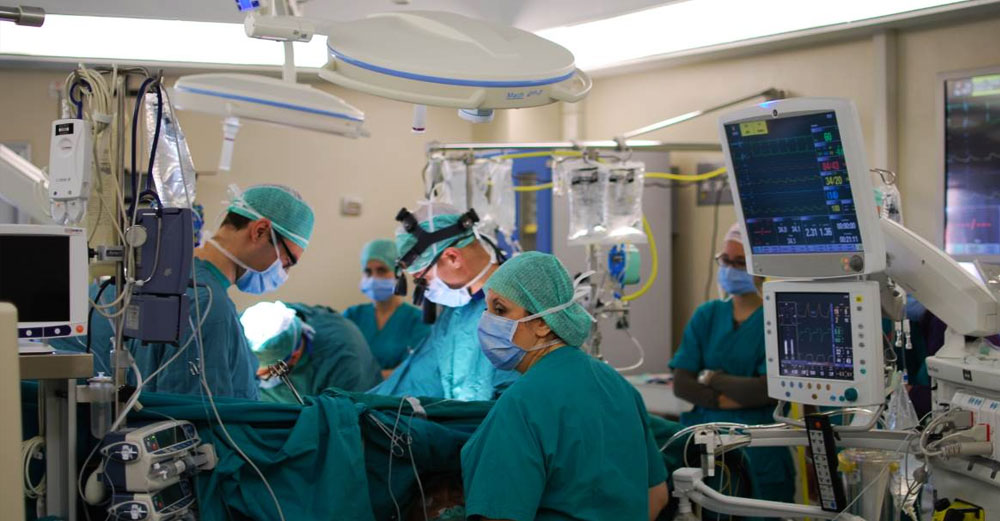

Adobe Bridge is a separate program that is bundled with Photoshop. There are several ways to rename a batch of images easily. A suffix such as “PreOp” or “PostOp 1Y” may also be helpful.

A file name that begins with patient’s name followed by the date and time is a simple, sensible, and safe way to organize patient photographs. Intraoperative photographs with date-based names are also a convenient reminder of the date of surgery. Because the date and time of each photograph are unique, a naming scheme based on this information makes duplicate images easily identifiable. The EXIF data also record the exact time of exposure, based on the clock in the camera. This information is called EXIF data (exchangeable image file format). Digital photographs contain information summarizing the camera settings used to make the photograph. There is a simple way to prevent this problem. This naming method also puts you at risk of accidentally overwriting your files if you use multiple memory cards. Most digital cameras automatically generate file names that follow the convention of “IMG_3485.” This system might suit the file structure of the camera but it does little to help identify the image. This article uses Photoshop CS3 (Adobe Systems Incorporated, San Jose, CA, USA) for descriptions, but any recent version of Photoshop is sufficiently similar. Postprocessing should never be a substitute for good photographic technique. Most of the success in standardized photography is a result of consistent lighting, camera settings, and positioning. Postprocessing differs from manipulation as it is intended to optimize the image, not change the surgical result. Postprocessing of patient photographs is an important skill for the facial plastic surgeon. Even under the best of circumstances, there are inevitably small variations in patient positioning or lighting that need to be adjusted to highlight the effects of surgery. Truly standardized photography is a challenging undertaking. Each section presents step-by-step guidance and instructions along with a graphic depiction of the computer screen and Photoshop tools under discussion. Topics covered are types of camera, shooting formats, color balance, alignment of preoperative and postoperative photographs, and preparing figures for publication. This article refers to use of Photoshop CS3 (Adobe Systems Incorporated, San Jose, CA, USA) for descriptions, but any recent version of Photoshop is sufficiently similar.

Postprocessing is intended to optimize the image, not change the surgical result.


 0 kommentar(er)
0 kommentar(er)
